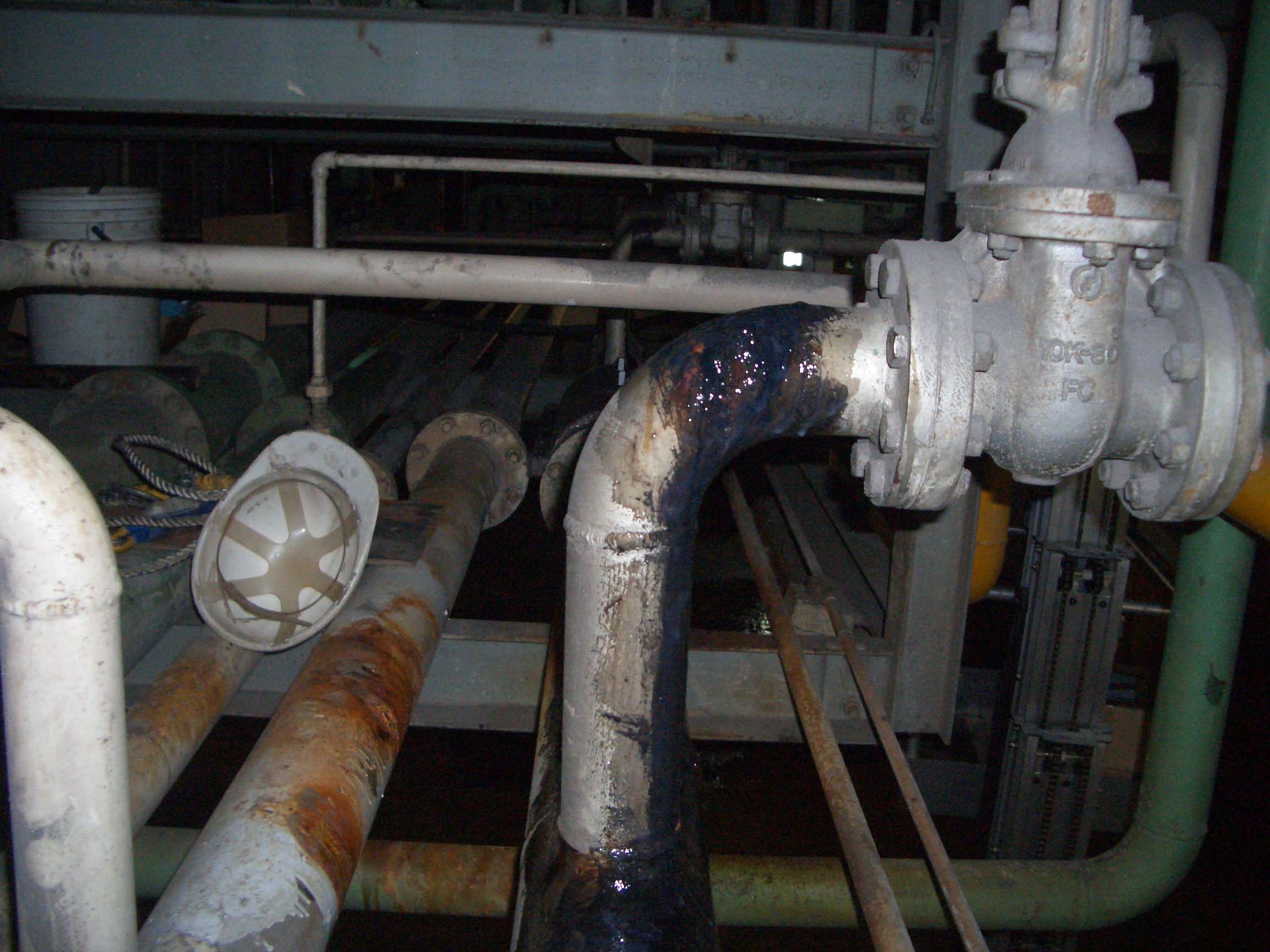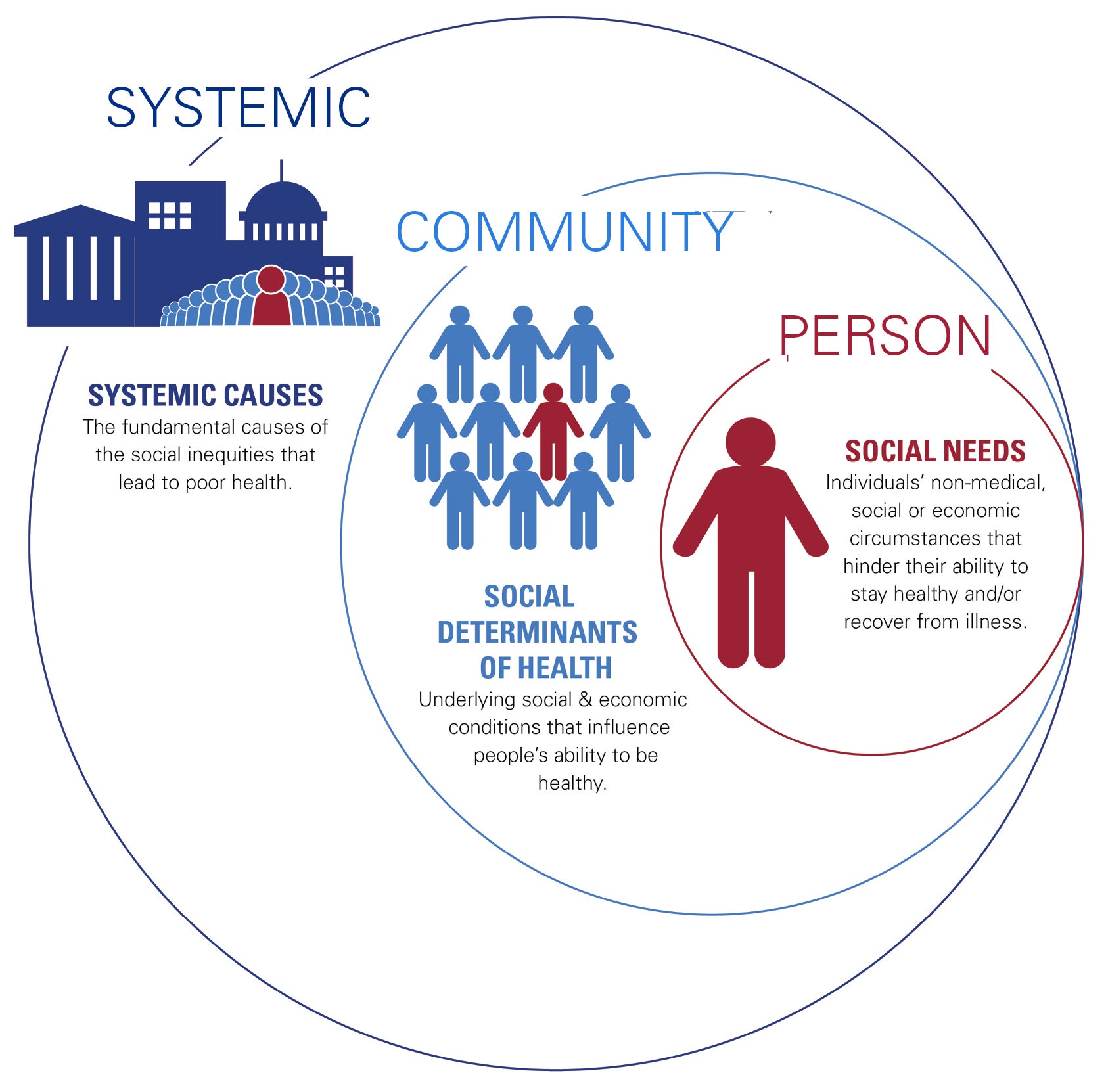Dollar-to-Ruble Exchange Rate: Current Value, Historical Trends, And Factors Influencing The Rate
Editor's Notes: "Dollar-to-Ruble Exchange Rate: Current Value, Historical Trends, And Factors Influencing The Rate" have published today date". Give a reason why this topic important to read.
Explain our effort doing some analysis, digging information, made Dollar-to-Ruble Exchange Rate: Current Value, Historical Trends, And Factors Influencing The Rate we put together this Dollar-to-Ruble Exchange Rate: Current Value, Historical Trends, And Factors Influencing The Rate guide to help target audience make the right decision.
Key differences or Key takeways, provide in informative table format
Transition to main article topics
FAQs
This FAQ section is designed to provide answers to some frequently asked questions regarding the dollar-to-ruble exchange rate, its historical trends, and the key factors that influence its fluctuation.

Factors influencing Rate of Corrosion - Sealxpert - Source www.sealxpert.com
Question 1: What is the current dollar-to-ruble exchange rate?
Answer: The current exchange rate of the US dollar to the Russian ruble is determined by various factors, including economic conditions, interest rates, and political stability. It is constantly fluctuating and can be obtained from financial news sources, currency converters, or exchange rate providers.
Question 2: What have been the historical trends in the dollar-to-ruble exchange rate?
Answer: The dollar-to-ruble exchange rate has experienced significant fluctuations over time. It has been influenced by historical events, such as the collapse of the Soviet Union, the 2008 financial crisis, and the recent economic sanctions imposed on Russia. Analyzing historical trends can provide insights into potential future movements of the exchange rate.
Question 3: What are the key factors that influence the dollar-to-ruble exchange rate?
Answer: The dollar-to-ruble exchange rate is influenced by a range of economic, political, and market factors. These include interest rate differentials between the US and Russia, the balance of trade, economic growth, inflation rates, central bank policies, and changes in global demand for the respective currencies.
Question 4: How can I stay updated on the latest dollar-to-ruble exchange rate?
Answer: There are multiple ways to stay informed about the latest exchange rates. Financial news websites, currency exchange apps, and online currency converters provide real-time updates. Additionally, subscribing to financial news sources or following relevant experts on social media can offer valuable insights.
Question 5: What are the implications of a fluctuating dollar-to-ruble exchange rate?
Answer: Fluctuations in the dollar-to-ruble exchange rate can have various implications for businesses, travelers, and investors. Companies engaged in international trade may face changes in import and export costs. Travelers need to adjust their spending based on exchange rate movements, while investors may use exchange rate fluctuations to their advantage in currency trading or portfolio management.
Question 6: Where can I find more information and resources on the dollar-to-ruble exchange rate?
Answer: There are numerous online resources available for further exploration. Central banks, financial institutions, and economic research firms regularly publish reports and data on exchange rates. Additionally, consulting with currency exchange specialists or financial advisors can provide tailored guidance and support.
In conclusion, the dollar-to-ruble exchange rate is a complex and dynamic measure that is influenced by a multitude of factors. By understanding the historical trends, key influencing elements, and implications of exchange rate fluctuations, individuals and businesses can make informed decisions in cross-border transactions, currency trading, and financial planning.
To delve deeper into the topic of currency exchange rates and their impact on global economies, refer to the next article section, which provides an in-depth exploration of this subject matter.
Tips to Enhance Understanding of Dollar-to-Ruble Exchange Rate
Gaining a comprehensive understanding of the dollar-to-ruble exchange rate requires careful analysis and consideration of various factors. Here are five essential tips to enhance your knowledge:
Tip 1: Monitor real-time data to stay informed about the latest fluctuations. Utilize reliable sources such as XE Currency Converter or Google Finance to track the exchange rate and identify trends.
Tip 2: Study historical trends to gain insights into the exchange rate's behavior over time. Analyze charts and graphs depicting過去の rates to identify patterns and anticipate potential movements.
Tip 3: Explore economic factors that influence the exchange rate. Consider factors such as inflation, interest rates, and political stability in both the United States and Russia to understand their impact on the exchange rate.
Tip 4: Consider political events that can significantly affect the exchange rate. Major political developments, such as elections, trade agreements, or sanctions, can cause sudden shifts in the exchange rate.
Tip 5: Seek professional advice from financial experts or currency exchange services. They can provide valuable guidance and insights to help navigate the complexities of the dollar-to-ruble exchange rate.
By following these tips, you can gain a deeper understanding of the dollar-to-ruble exchange rate, enabling you to make informed decisions and mitigate potential risks.
For more comprehensive information, refer to our article: Dollar-to-Ruble Exchange Rate: Current Value, Historical Trends, And Factors Influencing The Rate.
Dollar-to-Ruble Exchange Rate: Current Value, Historical Trends, And Factors Influencing The Rate
The intricate relationship between the dollar and ruble exchange rates is shaped by a dynamic interplay of economic, political, and market forces.
- Current Value: Real-time data
- Historical Trends: Patterns over time
- Economic Factors: Interest rates, inflation
- Political Landscape: Sanctions, diplomacy
- Market Sentiment: Risk tolerance, market confidence
- Oil Prices: Russia's major export
Understanding these aspects aids in predicting fluctuations, managing financial risk, and gaining insights into the global economic landscape. For instance, analyzing historical trends helps identify potential patterns and market cycles. Furthermore, monitoring political developments provides valuable context for potential shifts in the exchange rate due to sanctions or geopolitical tensions.

Societal Factors That Influence Health | AHA - Source www.aha.org
Dollar-to-Ruble Exchange Rate: Current Value, Historical Trends, And Factors Influencing The Rate

20yr-dollar-yen-exchange-rate-historical-chart-2023-03-22-macrotrends - Source moneymattersforglobetrotters.com
The value of the ruble against the U.S. dollar has fluctuated significantly over the past several years. In early 2014, one U.S. dollar was worth about 30 rubles. By the end of 2014, the ruble had lost more than half of its value, and one U.S. dollar was worth about 60 rubles. The ruble has since regained some of its value, but it is still worth less than half of what it was before the 2014 crisis.
There are a number of factors that have influenced the dollar-to-ruble exchange rate, including:
- The price of oil: Russia is a major oil exporter, and the price of oil has a significant impact on the value of the ruble. When the price of oil is high, the ruble tends to be stronger. When the price of oil is low, the ruble tends to be weaker.
- The Russian economy: The strength of the Russian economy also has an impact on the value of the ruble. When the Russian economy is growing, the ruble tends to be stronger. When the Russian economy is contracting, the ruble tends to be weaker.
- Political factors: Political factors can also affect the value of the ruble. For example, the annexation of Crimea by Russia in 2014 led to sanctions being imposed on Russia by the United States and other countries. These sanctions have had a negative impact on the Russian economy and have contributed to the weakening of the ruble.
The dollar-to-ruble exchange rate is an important factor for businesses and individuals who trade with Russia. The value of the ruble can have a significant impact on the cost of goods and services, and it can also affect the profits of businesses that operate in Russia.
| Year | Dollar-to-Ruble Exchange Rate |
|---|---|
| 2014 | 30 rubles |
| 2015 | 60 rubles |
| 2016 | 65 rubles |
| 2017 | 58 rubles |
| 2018 | 62 rubles |
Conclusion
The dollar-to-ruble exchange rate is a complex and dynamic issue that is influenced by a number of factors. The value of the ruble has fluctuated significantly over the past several years, and it is likely to continue to be volatile in the future. Businesses and individuals who trade with Russia should be aware of the factors that can affect the dollar-to-ruble exchange rate and should monitor the rate closely.
The dollar-to-ruble exchange rate is a key indicator of the health of the Russian economy. A strong ruble indicates a strong economy, while a weak ruble indicates a weak economy. The value of the ruble can also have a significant impact on the Russian government's budget. A strong ruble makes it easier for the government to borrow money and to fund its programs. A weak ruble makes it more difficult for the government to borrow money and can lead to inflation.